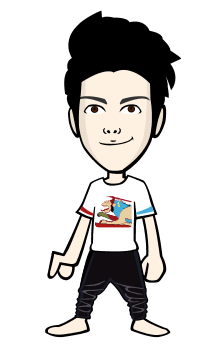Despite his name, the Australian Shepherd originated in the western U.S., not Australia, around the time of the Gold Rush in the 1840s. Originally bred to herd livestock, he remains a working dog breed at heart; the Aussie, as he's nicknamed, is happiest when he has a job to do. He can be a wonderful family companion if his intelligence and energy are channeled into dog sports or activities.

Vital Stats:
Dog Breed Group: Herding Dogs
Height: 1 foot, 6 inches to 1 foot, 11 inches tall at the shoulder
Weight: 40 to 65 pounds
Life Span: 12 to 15 years
Size
Slightly longer than he is tall, the Australian Shepherd stands 20 to 23 inches tall at the shoulder for males, 18 to 21 inches for females. On average, males weigh between 50 and 65 pounds, females 40 to 55 pounds.
You may see advertisements for dogs called teacup, toy, or miniature Australian Shepherds. Australian Shepherd breeders don't recognize these dogs as true Australian Shepherds. The breed is meant to be a functional working dog capable of herding tough stock for miles in rough country or snowdrifts, and it has no smaller size varieties.
Personality
Bred to be pushy with livestock, Australian Shepherds can and will take the dominant role in the home if you don't give them firm and confident leadership. This makes them a poor choice for first-time or timid owners.
Like many herding dogs, Australian Shepherds are by nature loyal to their family but standoffish with strangers. They need early socialization — exposure to many different people, sights, sounds, and experiences — when they're young.
Socialization helps ensure that your Aussie puppy grows up to be a well-rounded dog. Enrolling him in a puppy kindergarten class is a great start. Inviting visitors over regularly, and taking him to busy parks, stores that allow dogs, and on leisurely strolls to meet neighbors will also help him polish his social skills.
Feeding
Recommended daily amount: 1.5 to 2.5 cups of high-quality dry food a day, divided into two meals.
NOTE: How much your adult dog eats depends on his size, age, build, metabolism, and activity level. Dogs are individuals, just like people, and they don't all need the same amount of food. It almost goes without saying that a highly active dog will need more than a couch potato dog.
The quality of dog food you buy also makes a difference — the better the dog food, the further it will go toward nourishing your dog and the less of it you'll need to shake into your dog's bowl.
Keep your Aussie in good shape by measuring his food and feeding him twice a day rather than leaving food out all the time. If you're unsure whether he's overweight, give him the eye test and the hands-on test.
First, look down at him. You should be able to see a waist. Then place your hands on his back, thumbs along the spine, with the fingers spread downward. You should be able to feel but not see his ribs without having to press hard. If you can't, he needs less food and more exercise.
For more on feeding your Aussie, see our guidelines for buying the right food, feeding your puppy, and feeding your adult dog.



